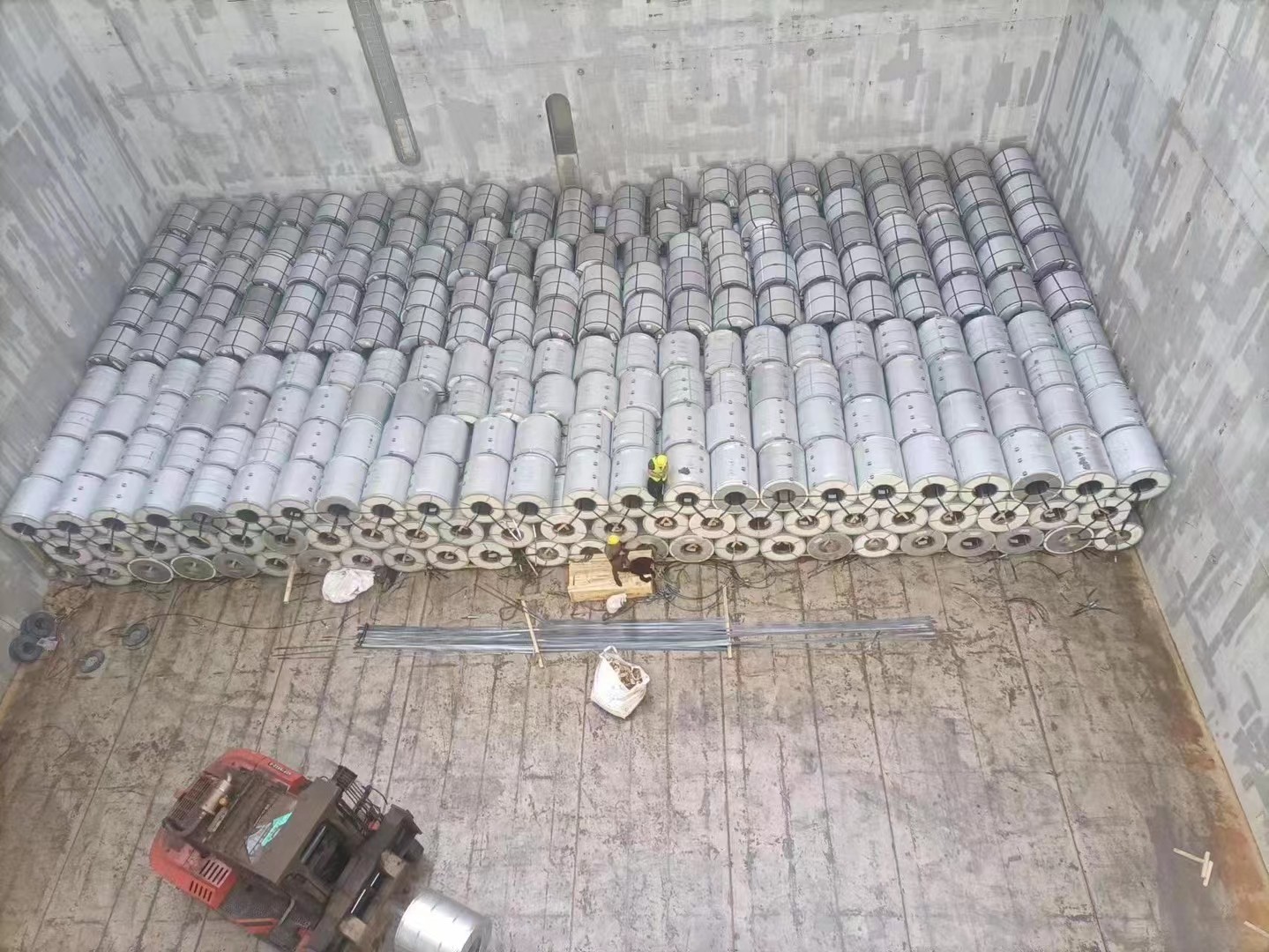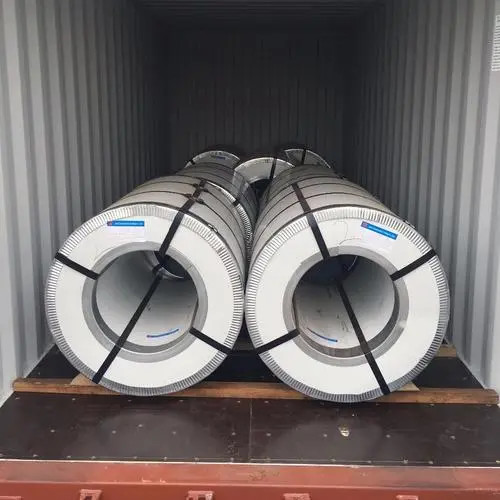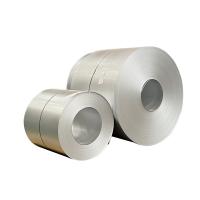Stone-coated metal tiles are roofing materials that combine the
durability and strength of metal with the aesthetic appeal of
natural stone. These tiles are typically made by coating a steel
base with a layer of stone granules, which gives them the look of
traditional roofing materials like clay or slate. The stone
granules are bonded to the metal surface using a durable adhesive,
and the tiles are typically coated with a layer of protective
finish to enhance their resistance to weathering.
Key Features of Stone-Coated Metal Tiles:
1. Durability: The metal core provides structural strength, while
the stone granules offer protection from UV rays, hail, and extreme
weather conditions.
2. Lightweight: Compared to traditional stone or clay roofing
materials, stone-coated metal tiles are much lighter, reducing the
strain on building structures.
3. Aesthetic Variety: These tiles come in various shapes, colors,
and finishes to mimic natural roofing materials like wood, slate,
or clay, offering versatility in design.
4. Energy Efficiency: Stone-coated metal tiles can help reflect
heat, improving energy efficiency by keeping buildings cooler in
hot climates.
Why Use Aluzinc Steel as the Base Metal for Stone-Coated Tiles?
Aluzinc steel, also known as Galvalume steel, is a type of steel
coated with an alloy of aluminum (55%), zinc (43.4%), and silicon
(1.6%). This material is commonly used as the base metal for
stone-coated metal tiles due to its excellent properties:
1. Corrosion Resistance: Aluzinc steel offers superior corrosion resistance compared to
traditional galvanized steel (which is coated only with zinc). The
aluminum in the alloy forms a protective barrier that makes the
material more resistant to rust and degradation, which is critical
for roofing materials exposed to harsh weather.
2. Longevity: The combination of aluminum and zinc provides a long-lasting
material that withstands the elements for many years without
significant degradation, making it ideal for roofing systems.
3. Enhanced Coating Adhesion: The Aluzinc coating provides a rougher surface compared to plain
steel or galvanized steel, which helps improve the adhesion of the
stone granules to the metal surface. This ensures that the stones
stay securely in place over time, even in high winds or extreme
conditions.
4. Heat Reflectivity: Aluzinc steel has reflective properties that help reduce heat
absorption, improving the energy efficiency of buildings and
keeping the interior cooler. This is especially beneficial in hot
climates where heat regulation is a priority.
5. Lightweight yet Strong: Aluzinc steel maintains a good balance of strength and light
weight, making it easier to transport and install compared to
heavier materials like clay or concrete tiles.
In summary, using Aluzinc steel as the base metal for stone-coated
metal tiles enhances the durability, performance, and longevity of
the roofing system, making it a preferred choice for many
manufacturers and homeowners.



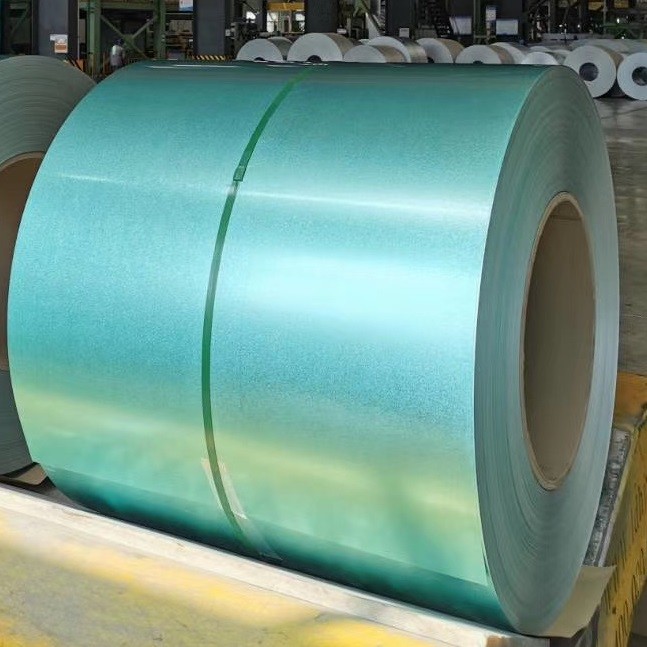
Applications and Uses of Aluzinc Steel Coils
Roofing and Cladding:
- Residential Buildings: Aluzinc steel coils are extensively used
in roofing and cladding for residential homes due to their
long-lasting protection against the elements and attractive finish.
- Commercial Buildings: In commercial settings, they provide robust
and aesthetically pleasing solutions for exterior walls and roofs,
contributing to both durability and architectural design.
Architectural Panels:
- Facades: The material is used in creating modern facades for
buildings, offering a sleek, metallic look that enhances the visual
appeal of structures.
- Interior Design: Aluzinc steel is also used for interior panels
in industrial and commercial spaces, providing a durable and
stylish finish.
Structural Components:
- Framing: Aluzinc steel is used in the structural framework of
buildings due to its high strength and resistance to rust and
corrosion, ensuring longevity and structural integrity.


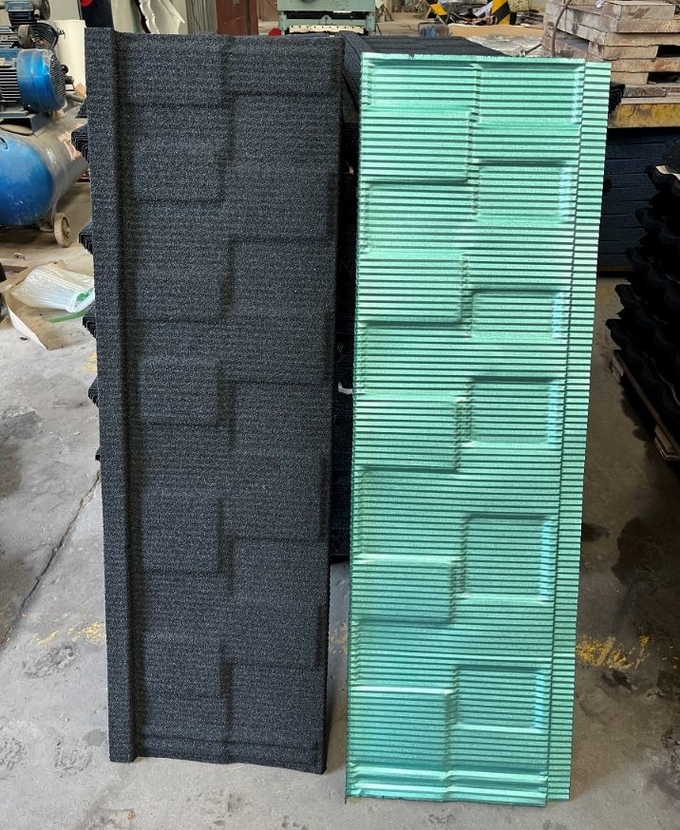
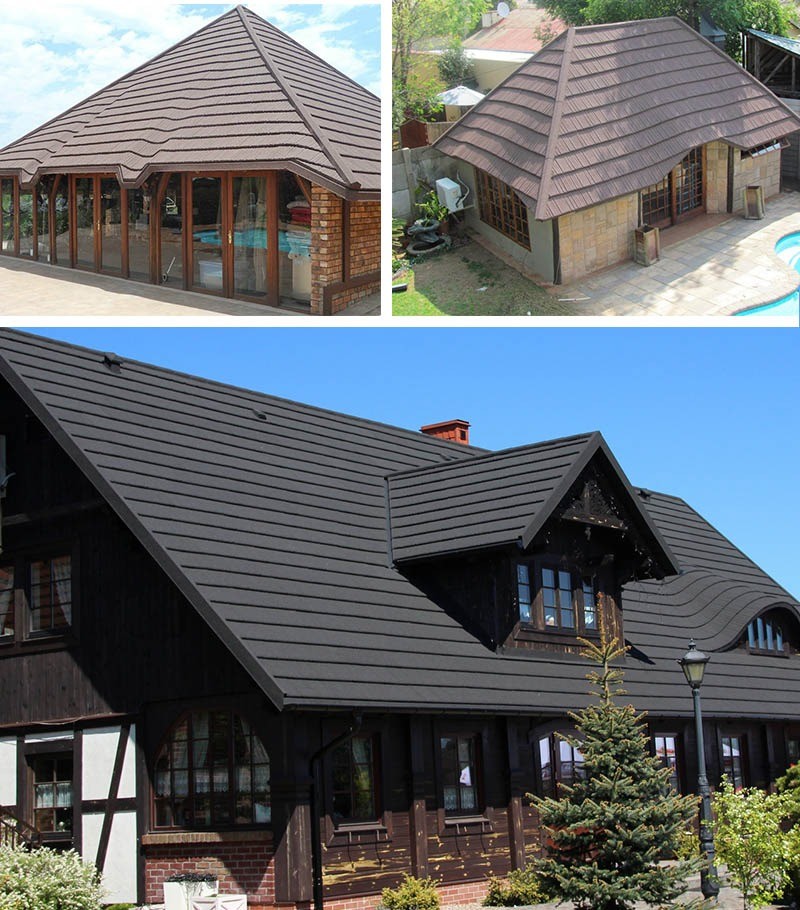
Category | Details |
|---|
| Thickness Range | 0.14 mm - 2.00 mm |
| Width Range | 600 mm - 1500 mm |
| Coil Weight | Up to 25 tons |
| Coil Inner Diameter | 508 mm / 610 mm |
| Coating Composition | 55% Aluminum, 43.4% Zinc, 1.6% Silicon |
| Coating Weight | AZ50 - AZ200 (50 g/m² - 200 g/m²) |
| Surface Finish | Regular Spangle, Mini Spangle, Zero Spangle |
| Surface Treatment | Chromated, Non-Chromated, Oiled, Dry, Anti-fingerprint |
| Mechanical Properties | |
| - Yield Strength | 300 - 550 MPa |
| - Tensile Strength | 300 - 600 MPa |
| - Elongation | 10% - 30% (depending on grade) |
| Spangle | Regular, Minimised, Zero |
| Coil Length | Custom lengths based on customer requirements |
| Standard Compliance | ASTM A792, JIS G3321, EN 10346 |
| Applications | Roofing, Siding, HVAC, Appliances, Automotive, Agricultural
Equipment, Industrial Components |
Packing: Standard exporting sea package.
(1) Inner core with paper sleeve ID 508MM.
(2) The coil should be wrapped with waterproof paper. Then after
fully wrapped with high density PE film. Then after fully covered
with iron sheet with metal edge protectors, strapped with metal
bands, min 4 bands horizontal, min 3bands vertical.
(3) Using buyer’s brand Labels: 3 Labels, one for steel sleeve, the
others for outer shell.
